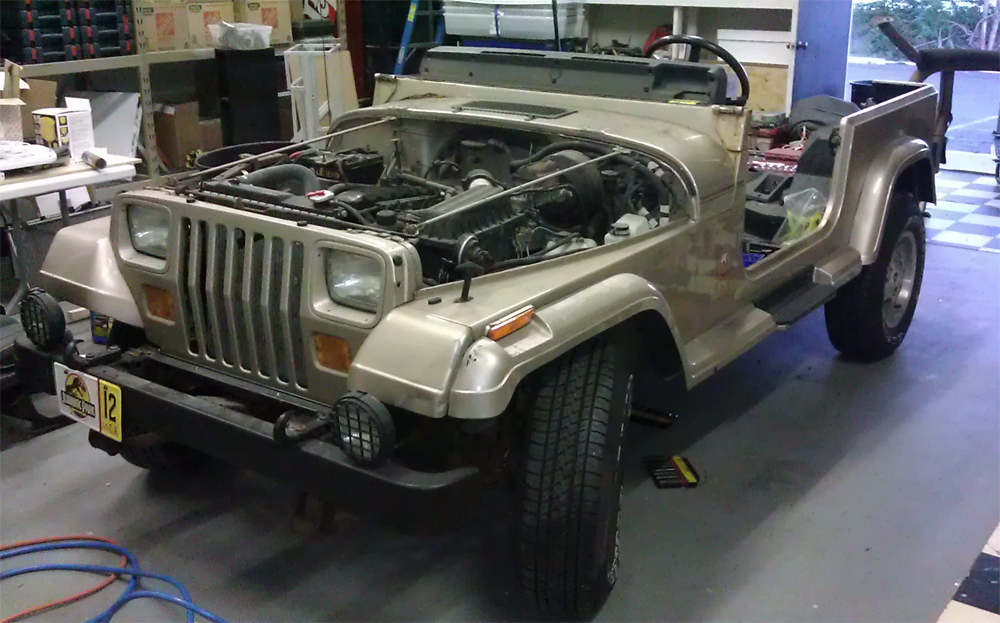The hood of a car is one of its most essential components, offering protection for the engine from the elements and helping to keep it running smoothly. Any car owner needs to know the answer: Can You Drive without a Hood? The answer depends on several factors, including your vehicle’s make and model and how long you plan on driving without one. This article will explore all aspects of driving without a hood, from potential risks and safety concerns to alternatives that can be used instead of a missing hood. Additionally, readers will understand how having no hood may affect their ability to operate their vehicles legally and safely. By reading this article, drivers can make an informed decision about whether they should drive with or without a hood.
Legal Considerations

Safety Risks of Driving without a Hood
Driving without a hood can be dangerous for drivers and other road users. Without a hood, the engine is exposed to potentially hazardous debris and objects that could cause damage or even cause an engine fire. A lack of protection from the elements also means that the driver is more likely to be exposed to exhaust fumes, which can be harmful. Additionally, without a hood, it may become difficult for drivers to monitor their speed in wet conditions as water can get thrown onto the windscreen. Finally, driving without a hood may make it harder for other drivers to spot your vehicle on the road, as its silhouette will be less visible if it does not have this part attached.
How to Ensure Your Hood Is Safely Installed
If you do decide to drive with your hood off, there are certain steps you should take to ensure your safety and that of other motorists on the road. Firstly, ensure that you have securely fastened any loose parts, such as lights or grilles, so they do not fall off while driving. Additionally, check that all bolts and fixings are tightened properly before setting off; loose screws can increase your risk of an accident or mechanical failure while on the road. Finally, consider placing reflective tape around any exposed parts to make them more visible when driving at night or in adverse weather conditions.
Conclusion
Driving without a hood can be risky, and it is not recommended for most drivers. If you are in this situation, it is important to be aware of the legal considerations and the potential safety risks of driving without a hood. If you choose to drive without one, ensure all your vehicle’s parts are secure and properly fastened to minimize your chances of an accident or mechanical failure while on the road. Ultimately, installing a functioning hood on your vehicle is essential for safe and legal driving; if you need repairs or replacements, ensure to get them done sooner rather than later.

Add Comment